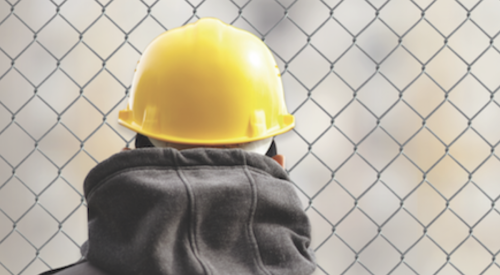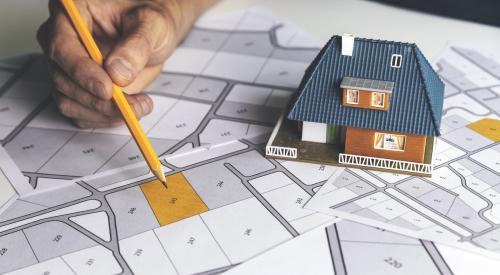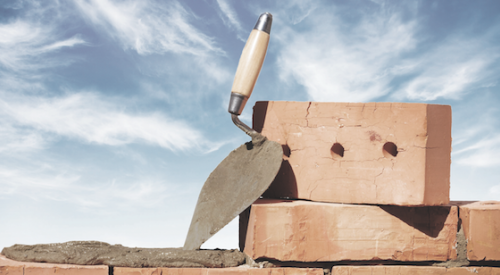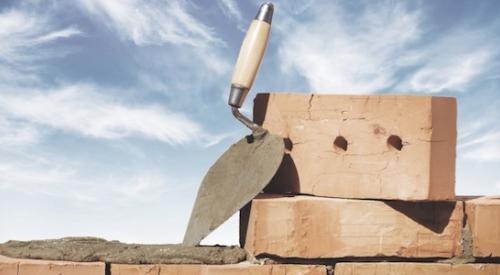Unemployment rates in rural areas may be dropping, but the severe lack of new and affordable housing remains a critical problem for residents and employers.
Fewer new homes are being built in the U.S., and even fewer are going up in its rural towns. Material and labor costs in more sparsely populated areas are more expensive than in big cities, as builders "can't tap into the economies of scale like in urban centers," The Wall Street Journal reports. Indeed, only 10 percent of all new single-family homes built in 2016 were in rural areas, per the National Association of Home Builders. Despite growing job opportunities in rural areas, finding available housing in these towns in one's budget and within close proximity to work remains difficult. Lance George, director of research for the Housing Assistance Council, says that the equation is pretty simple, “The incomes in this country have not really matched housing prices so you continue to have this disconnect.”
Austin Steinbach said he was “dead set” on moving to rural farming town Columbus, Neb. for a job that offered benefits, a $500 signing bonus and a higher wage. But the 25-year-old father of two had to turn it down after a week-long search with his wife for a home failed to turn up anything livable or in their price range. “What they offered out there was great, but I can’t afford to move because I can’t afford to rent a house there,” he said. Instead, Mr. Steinbach will stay in Creston, Iowa, where he supports his family earning $2 less an hour power-washing farm equipment and has no benefits.













